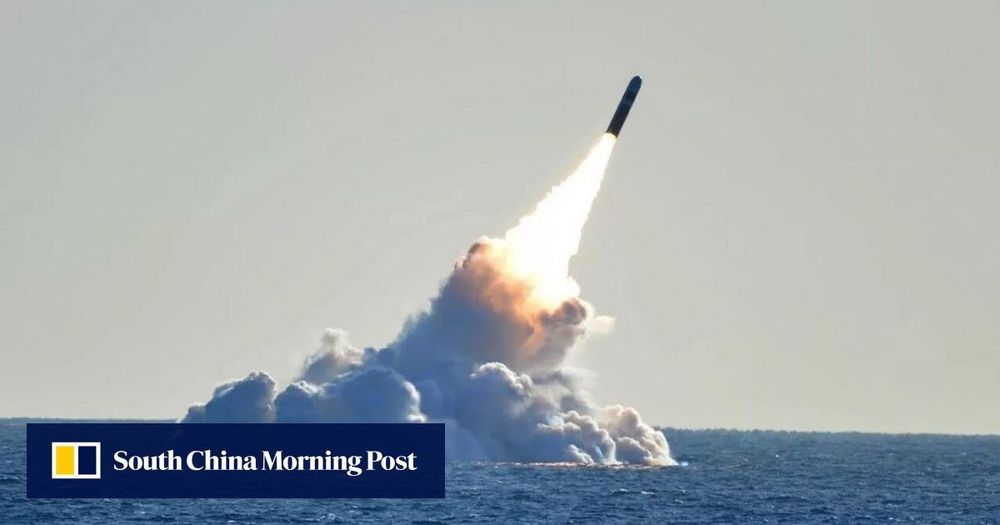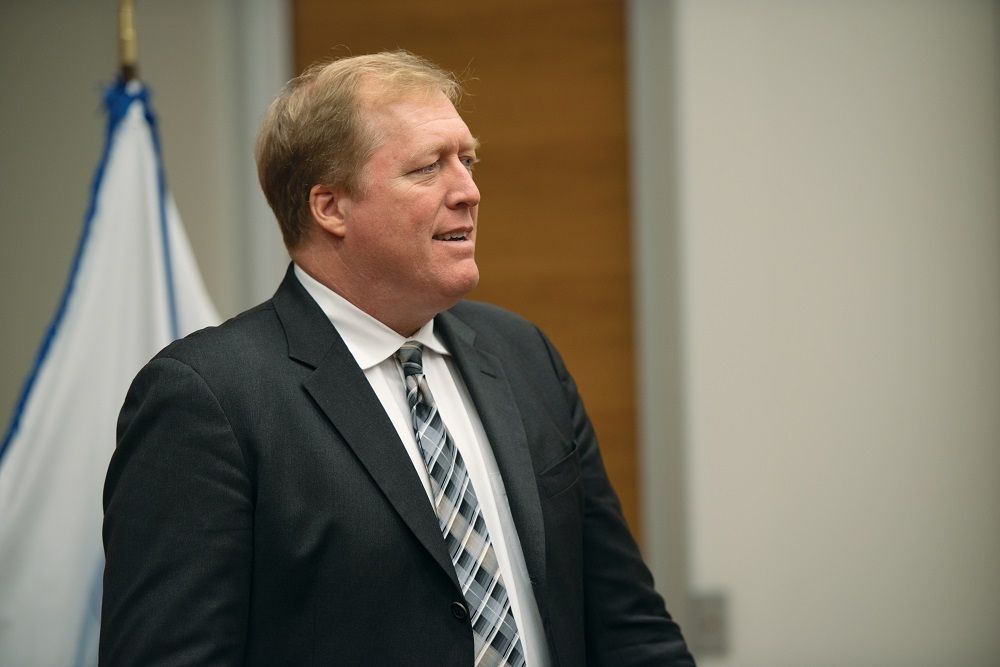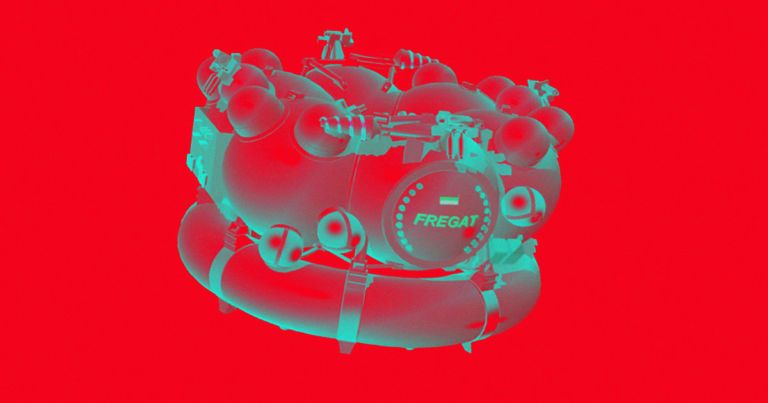Last week, the Indian and Chinese troops were involved in a face-off along the LAC in north Sikkim.





WASHINGTON — The Defense Advanced Research Projects Agency plans to launch the first experimental satellites of the Blackjack program in late 2020 and early 2021, the agency said May 11.
DARPA’s Tactical Technology Office started the Blackjack program in 2018 to show the military utility of low Earth orbit constellations and mesh networks of low-cost satellites.
As many as 20 satellites will be launched by 2022.


The remains of a giant segment of a Chinese rocket crash-landed in the Atlantic Ocean this week, representing the most significant uncontrolled descent of a piece of human-made space debris in decades.
The core stage of a Chinese Long March 5B (CZ–5B) rocket, which was successfully launched on May 5, spent several days in orbit as part of its mission, before re-entering Earth’s atmosphere and falling to Earth, splashing down in ocean waters off the west coast of Mauritania in northwest Africa.
The descent, which was eventually confirmed by the 18th Space Control Squadron, a unit of the US Air Force, was notable not just for its huge mass, but also for the extent of the window of uncontrolled descent, which had space-object trackers guessing just where and when the out-of-control rocket would eventually land.

Quantum radar can find them.
The United States military takes extreme caution and protocol when transporting nuclear weapons, but that doesn’t mean accidents haven’t happened in the past. And a nuclear accident sounds like the worst accident of all time. Watch today’s new video where we dive into the mistakes of the military and uncover a story about a live nuke, still lost in an American swamp!
Check out my new channel I Am: https://www.youtube.com/channel/UCH5YmeRhiQZt9_5Eky3A2og
🔔 SUBSCRIBE TO THE INFOGRAPHICS SHOW ►
🔖 MY SOCIAL PAGES

Russia’s space agency Roscosmos announced on Sunday that the tanks of a rocket that launched a scientific satellite back in 2011 have disintegrated in Earth’s orbit above the Indian Ocean.
The 18th Space Control Squadron of the US Air Force said on Saturday that it is now tracking 65 separate pieces associated with the rocket’s upper stage. “No indication caused by collision,” the squadron wrote in a May 9 tweet confirming the news.
“Currently we are working to collect data to confirm the quantity and orbit parameters of the fragments,” Russia’s space agency said in a statement, as quoted by Agence France-Presse.

Scientists uncover how oral secretions of the cotton leaf worm trigger defense responses in a plant.
In nature, every species must be equipped with a strategy to be able to survive in response to danger. Plants, too, have innate systems that are triggered in response to a particular threat, such as insects feeding on them.
For example, some plants sense “herbivore-derived danger signals” (HDS), which are specific chemicals in oral secretions of insects. This activates a cascade of events in the plant’s defense machinery, which leads to the plant developing “resistance” to (or “immunity” against) the predator. But despite decades of research, exactly how plants recognize these signals has remained a bit of a mystery.